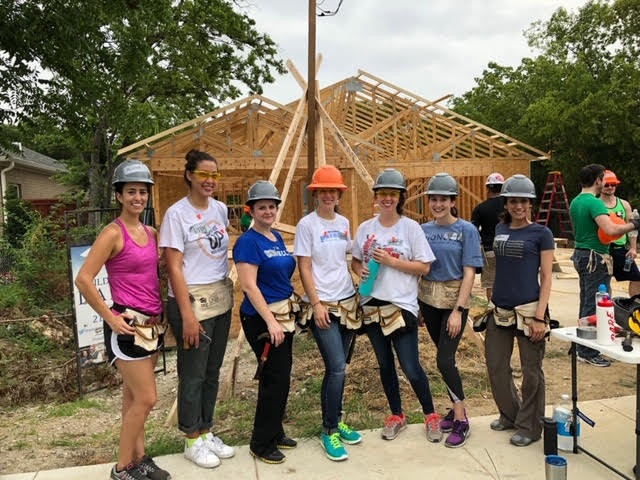Our History
-
1920s
With its formation, the JLD concentrated on two main volunteer activities: The Handicapped Shop and the Junior League Home for Convalescent Children. Members raised money through the JLD’s first cookbook, rummage sales, a tearoom where members modeled in style shows and served as waitresses, and dances at the Adolphus and Baker hotels. The Sewing Committee also made and sold dish towels and hand-knitted dresses. By 1924-25, JLD membership had grown to 87 Active members, five Provisionals and four Transfers. The first Provisional course with a training requirement began in 1926. In 1929, an Investigation Committee chose to develop the state’s first occupational therapy department for children with disabilities at Scottish Rite Hospital.
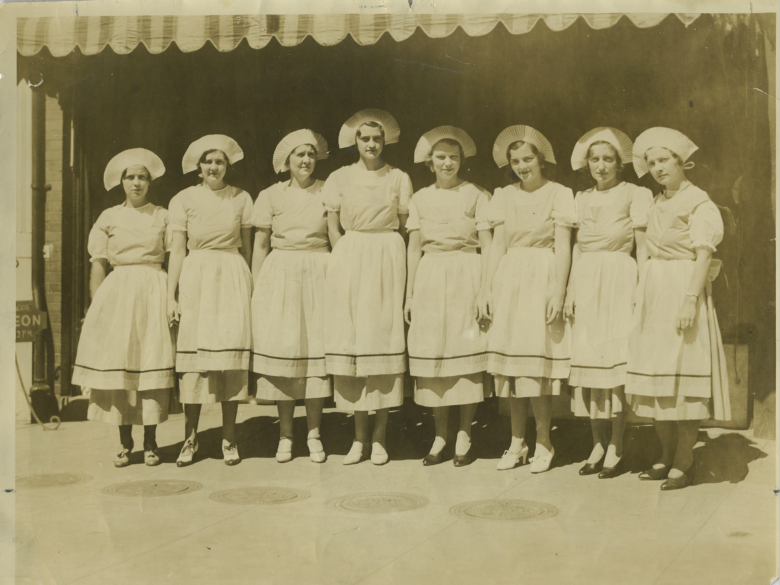
-
1930s
Philosophies shifted in response to the Great Depression. “We did not feel that we could conscientiously start using our time and money in instruction when the unemployment situation was so acute,” wrote Maidie Moroney, 1930-1931 President. “We decided, consequently, to defer the inauguration of any permanent charity and to bend our immediate effort upon the relief of the unemployed.” In 1930, the JLD served 14,066 meals in three and a half months through the Salvation Army, furnished food and clothing to needy families and helped pay rent for the unemployed. The League adopted a policy of not raising funds unless absolutely needed and began to concentrate on giving volunteer time and service more than their money to the community.
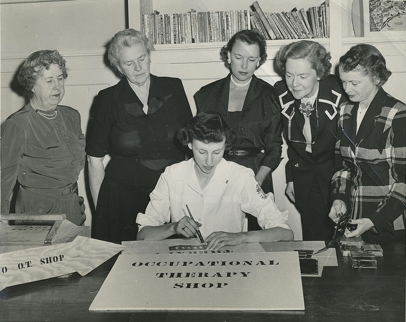
-
1940s
The early 1940s marked the beginning of World War II where our members served in support roles, ranging from making Red Cross kits to nursing to working the USO Canteen, that were required of them in addition to their League work. In cooperation with the government’s wartime restrictions, a general membership meeting in 1943 was canceled “as an emergency measure to suit these strenuous and nerve-wracking times when there is important work that must be done, and where every ounce of gasoline must count.”
“The League was very, very different in the 1940s,” explains Mary Frances Yancey, 1948-1949 JLD President. “Size made it different. Dallas was different. We were usually looking for something that was a really great group activity. It was a very closely held organization. You saw your friends when you volunteered, and you volunteered together. Part of that was to preserve gasoline. The League at that time was trying to get off the society page and prove our worth as a volunteer organization,” Yancy adds. With the end of the war in 1945, the League’s activities changed from war to peacetime routines. The League’s “Welfare Fund” changed to the “Community Service Fund,” and it also revived many fund-raising activities at this time.
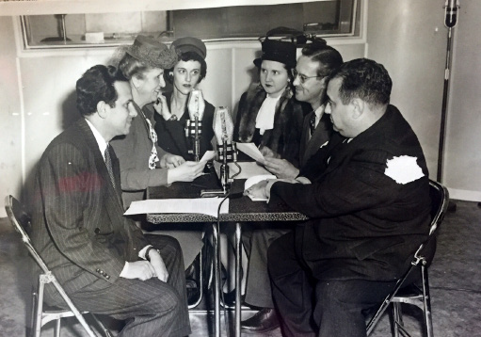
-
1950s
In 1952-1953, the League began the Children’s Development Center, a training school for special education and children with emotional disturbances. Concerned with the approaching shortage of teachers, the 1954 membership took on a program of teacher recruitment. By 1958, the number of Professional members – members who worked outside the home -grew to 32. “Holding a job and belonging to the League were pretty incompatible, both from the standpoint of practicality and the whole spirit of the thing,” wrote Kay Gaines in 1958.
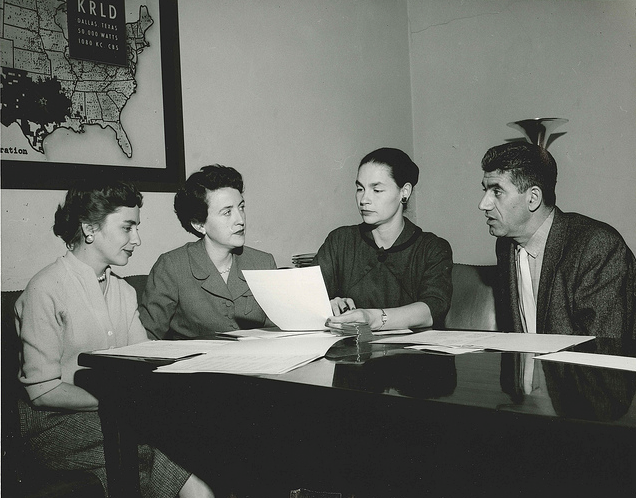
-
1960s
The 1960s were a time of change in Dallas and around the country – socially, politically and philosophically. From the sit-ins and civil rights demonstrations of the early 1960s to Vietnam protests and Woodstock later that decade, an atmosphere of change and unrest prevailed. Members cried at the assassinations of their leaders and celebrated when the first man walked on the moon. The JLD also continued to move forward. As in the past, the League responded by looking inward at the purpose and goals and outward to the pressing needs of the community. The JLD’s first $100,000 grant went to Children’s Medical Center for completion of the Neurology Center. The Professional group also gained representation on the Board. “The real distinguishing aspect of the League is that it primarily exists to train us as members to become more effective leaders in our community,” wrote JLD President Rita Clements in 1969.
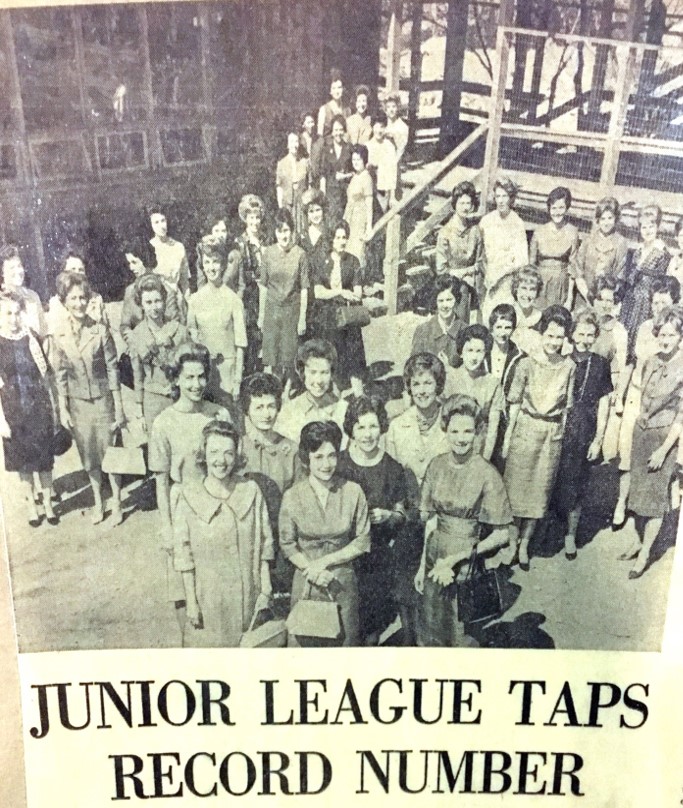
-
1970s
The 1970s brought significant changes to the JLD membership base. “Many more women were beginning to go to work,” says Carolyn Foxworth, 1976-1977 JLD President. “That was a major change. We (the League) were going from a 10 or 15% professional base to about a 30% professional base. We were trying to look ahead to prepare ourselves for how the League would operate in the future.” Growth in resources allowed large grants such as the $300,000 to the new Children’s Wing of the Dallas Museum of Art and $100,000 to renovate Letot Academy to house adolescent runaways. The JLD’s involvement in politics also grew. Members lobbied and advocated on the local level and took trips to Austin to meet with state representatives. The Senior Citizens Craft Fair and the JLD magazine, the DallaCite, also started. By 1979, the JLD had 2,227 Active, Sustaining and Provisional members. Professionally employed members made up one-third of the total membership.
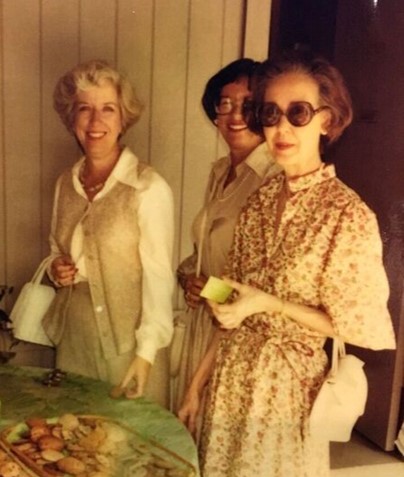
-
1980s
JLD membership grew to more than 2,500, with almost 1,300 Active and Provisional members working in 47 community agencies and projects, three fund-raising activities and 17 internal committees. With almost half of its members in paid jobs, the League eliminated its previous distinction between professional and daytime members. The 1982 Ball raised more than $600,000, the most of any money-raising event of any League in the Association of Junior Leagues. By the mid-1980s, numerous $100,000 grants were made possible by record million-dollar returns from the JLD Ball. The League supported as many as 70 programs a year.
A permanent headquarters building was acquired through a capital campaign that raised $3.5 million. The Community Assistance Fund was created to disperse emergency funds to agencies. League membership mushroomed to 3,800 with 50% employed members.
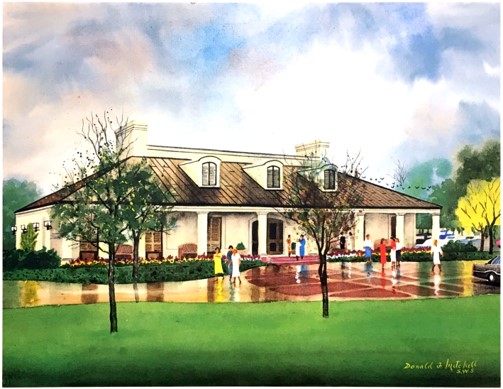
-
1990s
The 1990s were a time of tremendous growth for the JLD. In just 10 years, the membership base grew from 2,055 to more than 5,000. The Junior League of Dallas became the largest among the 290 members of the Association of Junior Leagues International. In 1992, the JLD formalized and adopted seven position statements and affirmed five guiding principles. In 1994, the community program consisted of 52 projects that for the first time were grouped into six issue areas: Arts and Cultural Enrichment, Education, Family Preservation, Health, Poverty Intervention, and Violence Intervention. In 1995, the JLD was voted the most influential civic group in the city by readers of The Dallas Business Journal and received the Distinguished Organization Service Award from the Women’s Council of Dallas County. During the 1996-1997 year, the League celebrated its 75th anniversary. To celebrate, the League funded two signature gifts to the community: the purchase of a building near Love Field to serve as a combined center and administrative office for Girls Inc., and the finish out and furnishing of a Victim’s Waiting Room in the Frank Crowley Criminal Courts Building. In 1997, the JLD held the first Community Volunteer Fair at NorthPark Center, collaborated with The LINKS to sponsor “Youth to Work Day,” and co-sponsored a Literacy Forum with the National Council of Jewish Women Greater Dallas Sector. The late 1990s focused on the development and implementation of a long-range strategic plan to guide the membership’s efforts to reach its maximum potential as a volunteer leadership training organization.
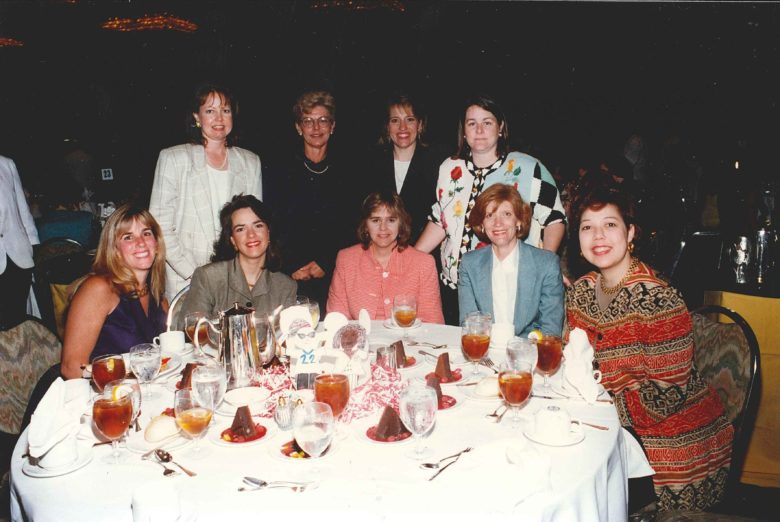
-
2000s
In 2002, the JLD hosted the Association of Junior Leagues International (AJLI) Conference, marking the 100th anniversary of the Junior League movement in the United States. In 2005, the JLD provided more than 200 volunteers to The Red Cross and The Salvation Army in the aftermath of Hurricane Katrina. In 2008, the T. Boone Pickens Foundation granted $250,000 for the JLD Leadership Institute. In 2009, the Dallas County Commissioners Court declared September 29, 2009 “Junior League of Dallas Day.”
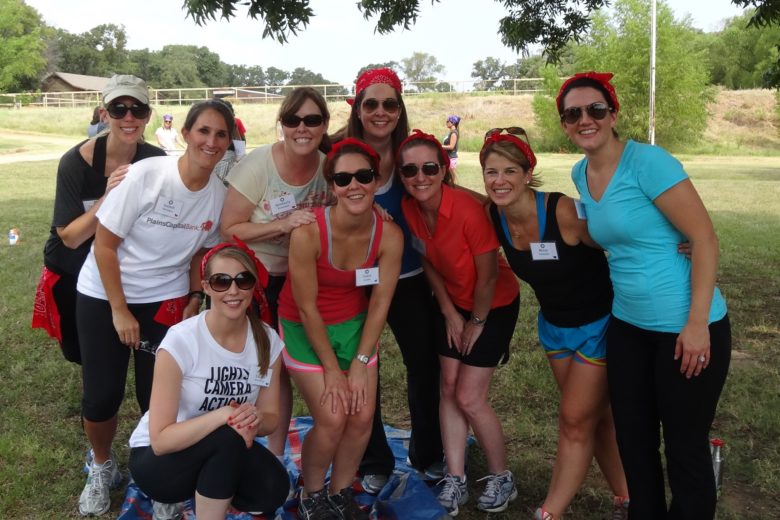
-
2010-today
The JLD celebrated its 90th anniversary in 2011-2012. As a special anniversary project, members built a home through Dallas Area Habitat for Humanity, which benefited one of the clients served by New Friends New Life, a JLD partner agency that provides support to formerly trafficked women and girls. The 90×90 Anniversary Campaign also raised more than $90,000 to benefit the Letot Girls’ Residential Treatment Center, which provides long-term residential treatment for abused and neglected girls. In 2011, The Milestones Luncheon was established to recognize the Sustainer of the Year and celebrate the JLD’s continued impact onto Dallas community. In 2009, the JLD began developing a series of additional trainings for its members, called “Training Tracks.” To date, members have had a chance to receive additional training on fundraising and leadership development. The Advanced Track program continues to provide in-depth leadership and personal development training, a nine-month course since it was developed in 2009. The League has continued to enhance its Signature Projects program, which now includes Grants for Innovative Teaching, a program that provides funding to Dallas ISD teachers for projects not covered by school budgets; Women LEAD, a scholarship program for local high school seniors; and Kids in the Kitchen, a national program developed by AJLI that teaches the basics of nutrition, healthy meal preparation and maintaining a healthy lifestyle. In 2018-2019, JLD is one of the largest nonprofit organizations in Dallas, with nearly 5,000 members.
